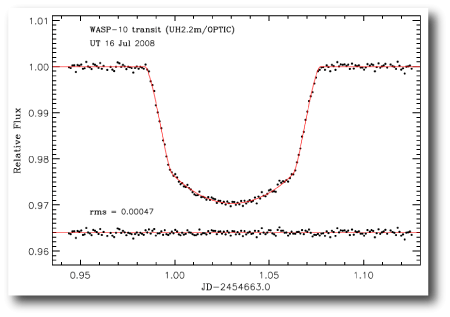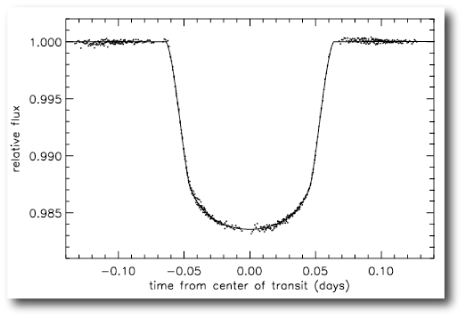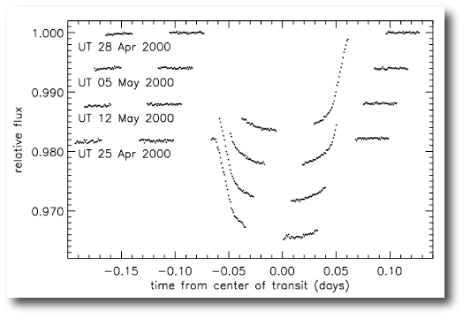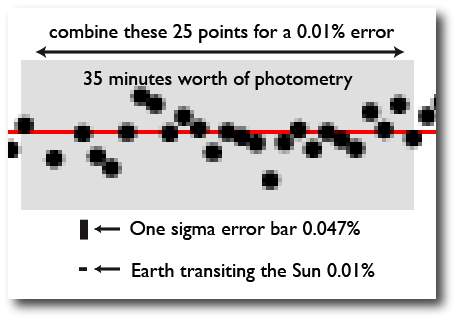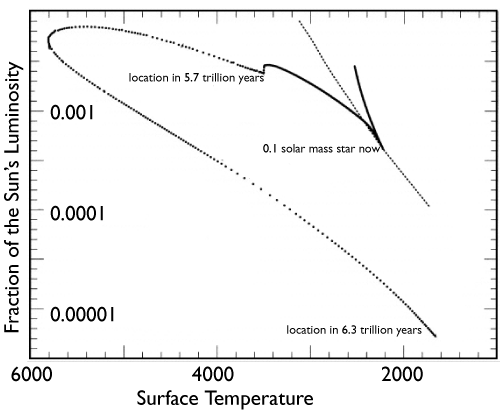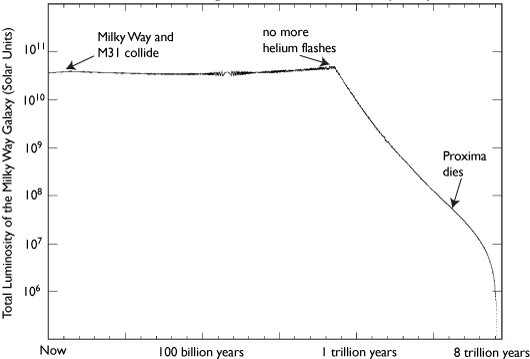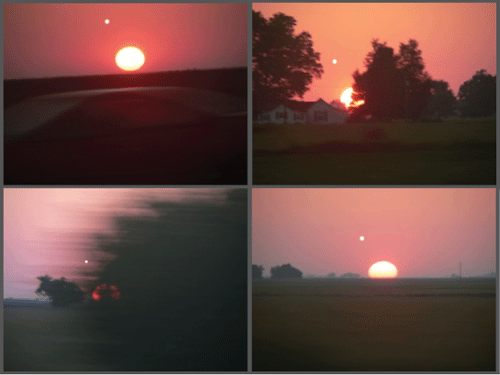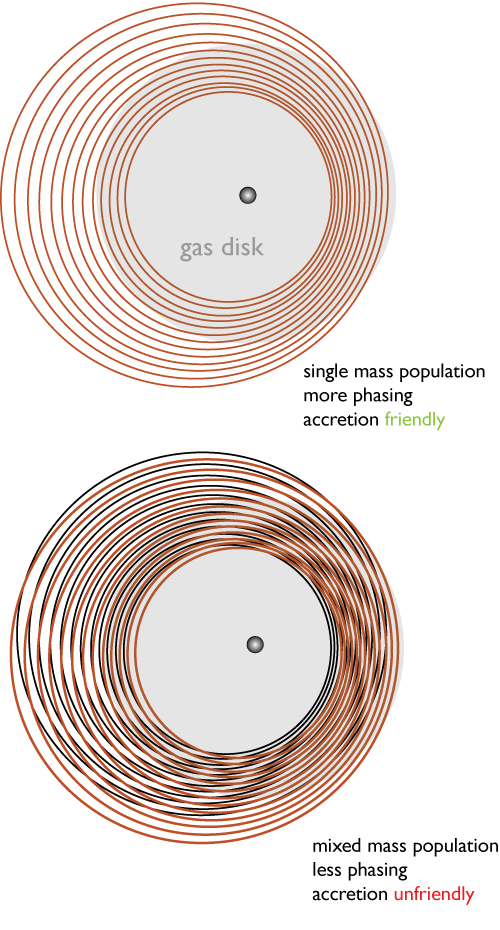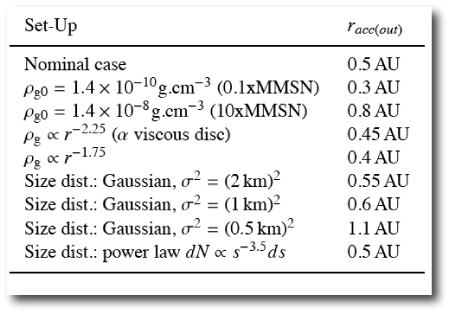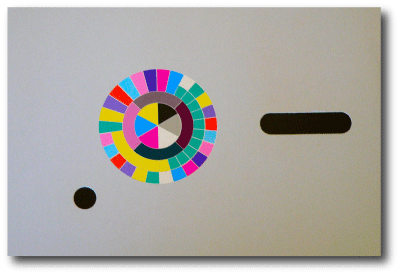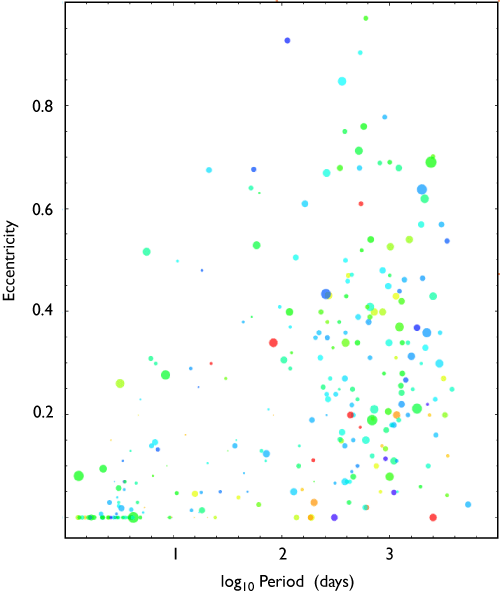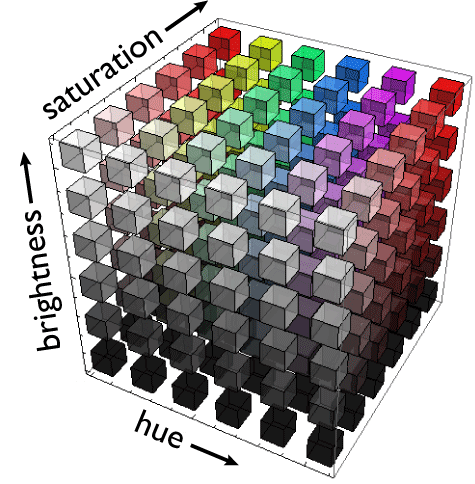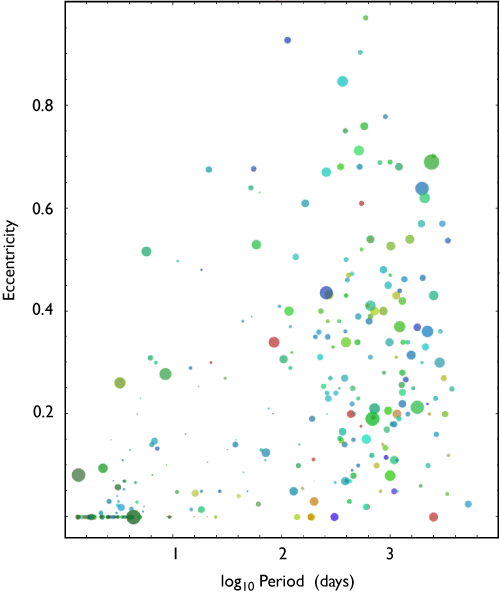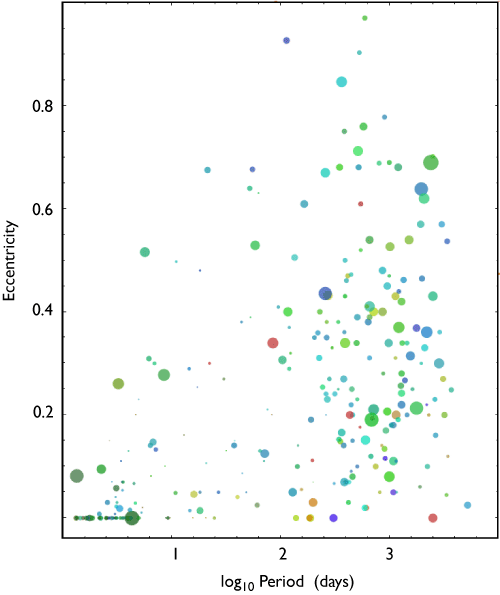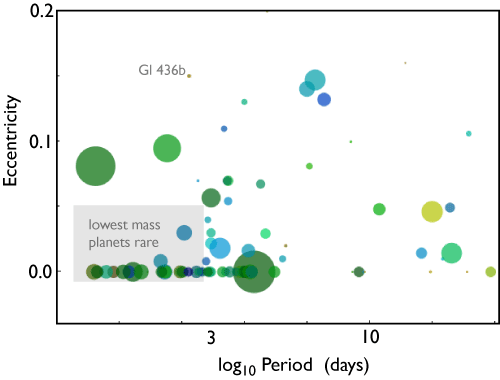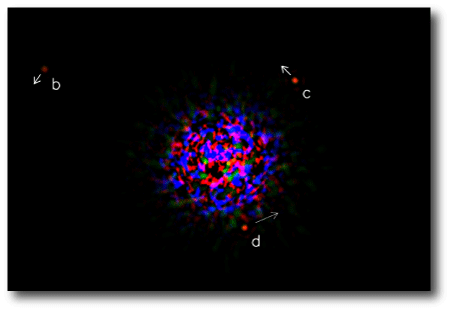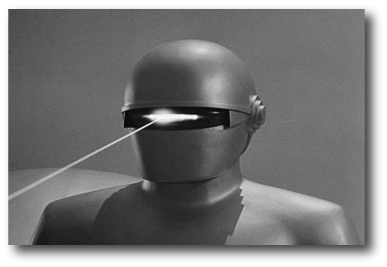
Image copyright 1951, 20th-Century Fox.
A search on “Alpha Centauri” in the news archives of the New York Times turns up an average of one or two hits per year, including a scattering of genuine astronomical news clippings about the stellar system itself.
For example, on August 31st, 1904, a bulletin datelined Lick Observatory reported that the distance to Alpha Centauri has been determined “spectroscopically”, although it’s fully uncommunicative of any further details. On December 27th 1925, there was an item (unfortunately tagged pay-to-play) that seems very much in the oklo.org vein:
NEAREST STAR FLIES TO US FROM SPACE; Its speed is Fourteen Miles a second. TWENTY-FIVE thousand years hence New York will be able to see Alpha Centauri our nearest stellar neighbor. Alpha Centauri travels toward the earth at the rate…
In many of the citations, Alpha Cen hits the stands in its role as a cultural touchpoint. For example, in the Dec. 28th, 1969 edition, one finds a post-Apollo, pre-Watergate prediction (presumably a joke):
Reading the Tea Leaves — What will happen in 1970… Vice President Agnew, cut in on a split screen, suggests that the U.S. launch a crash program to go to Alpha Centauri, the nearest star.
Similarly, upon reading Friday’s NYT edition, 20th Century Fox executives must have been elated to find that their publicity stunt for The Day the Earth Stood Still has been given a promotional write-up in the science section. Last Friday at Noon, it seems that the big-budget remake of the Cold-War classic was beamed in its entirety to Alpha Centauri. To one-sigma precision, the transmission will be illuminating Alpha Cen Bb sometime between Monday April 22nd, 2013 and Saturday April 29th, 2013, just a few months into Obama’s second term.
So what are the smart-money odds that the movie will actually get watched in the Alpha Cen system? Oklo.org recommends the following conditional probabilities:
fp = Chance of a habitable planet orbiting Alpha Cen B = 0.6
fl = Chance that live evolved on that planet = 0.01
fi = Chance that life developed intelligence = 0.1
fr = Chance that intelligence understood Maxwell’s Equations = 0.01
fn = Chance that Maxwell’s Equations are currently understood on Alpha Cen Bb = 64,000 / 3×10^9 = 0.0000213.
This gives (fp)x(fl)x(fi)x(fr)x(fn) = one in eight billion, with Alpha Cen Ab kicking in an additional one in a trillion chance.
The numerator in fn is a decision-market estimate corresponding to the long-term running mean (not median!) result of polling students in my classes as to how long they think we’ll remain capable of building radios. The denominator is an estimate of the span of past time during which Alpha Cen Bb could have conceivably harbored intelligence.
Signals beamed to other worlds are readily subject to misinterpretation. I’ve always enjoyed Michael Arbib’s take on the 1961 version of the Drake signal turned up side down:
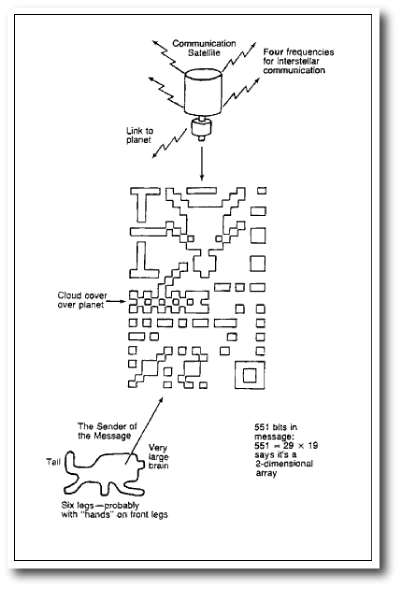
Friday’s transmission does make one thing clear, though. If a genuine ETI signal is ever beamed to Earth, it’ll almost certainly be a commercial advertisement. The primary problem of interpretation will simply be to figure out how to wire back our cash.
UPDATE:
In the comments section, bruce01 makes the following astute observation:
Alpha Centauri, at declination -60 degrees, is barely above the horizon even from Florida. The web site:
http://www.deepspacecom.net/
says they are located near the Kennedy Space Center which is north of latitude 28 degrees. This makes the zenith angle of Alpha Centauri greater than 88 degrees as seen from the Space Center. You need to add to your equation the probability that the “beamed” signal made it through the Earth’s atmosphere without being totally scattered.
Indeed. Furthermore, for the entire duration of the broadcast, Alpha Cen (RA 14h:39m, DEC -60deg:50min) was below the horizon as viewed from 28 35 06N, 80 39 04W. One can’t help but wonder whether bruce01 may have made a vital contribution to the solution of the long-running Fermi Paradox.
I’m absolutely confident, though, that any organization with the reach and technical expertise advertised by the Deep Space Communications Network would maintain a fully staffed southern hemisphere station for their broadcasts to the southern skies.






